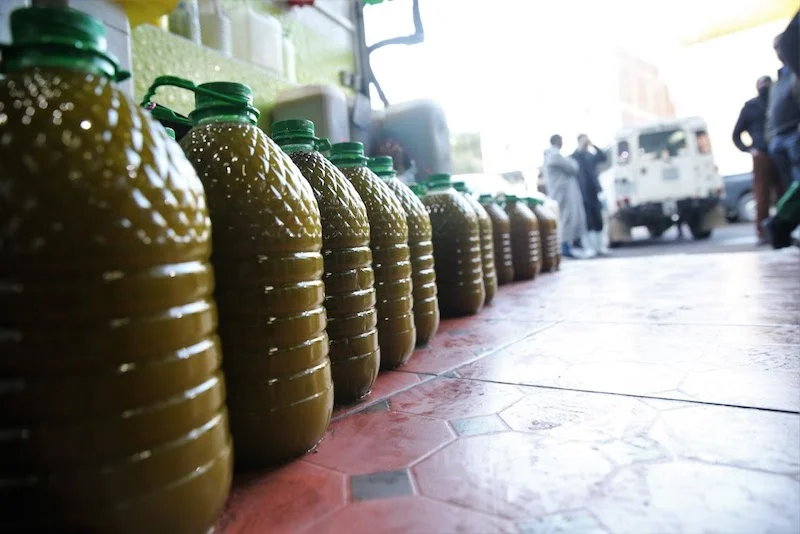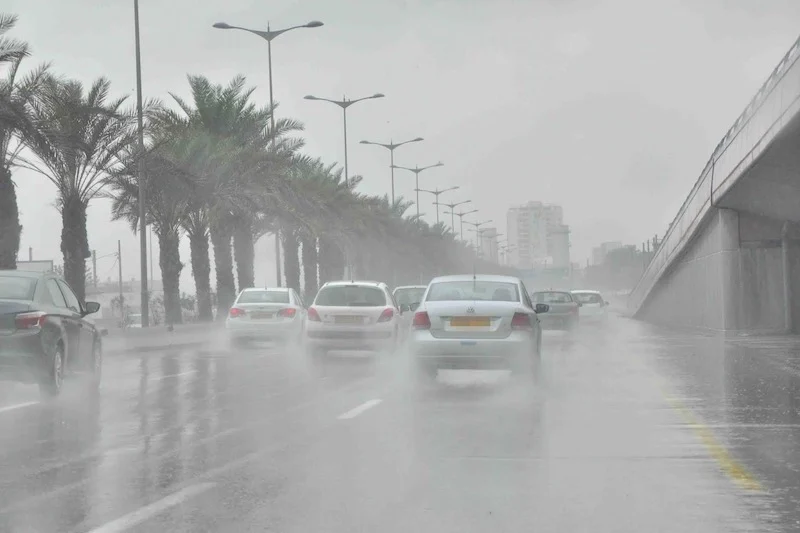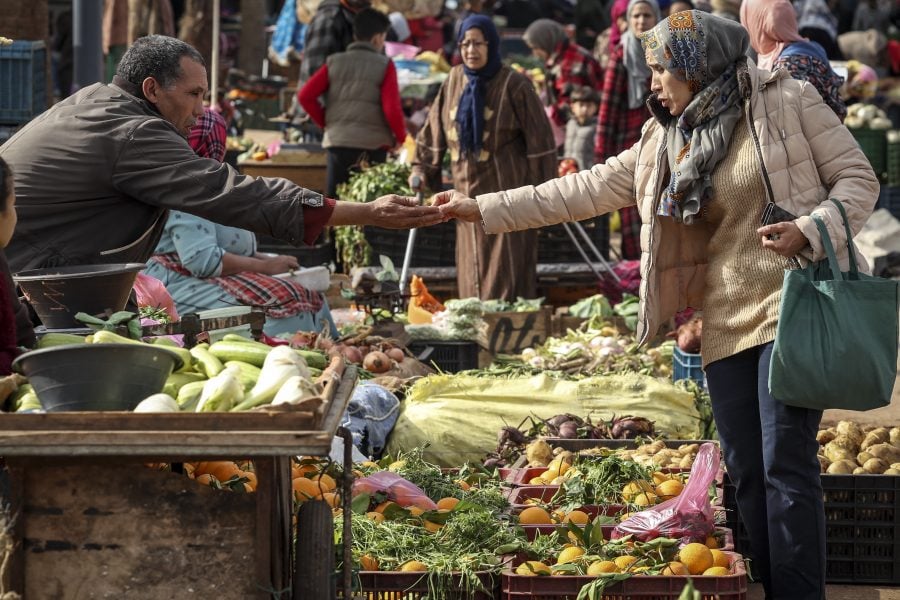Recent statistical data from the European Union Commission has revealed a significant increase in Morocco’s olive oil exports to EU countries in the early months of the 2024/2025 season, particularly in October and November, reaching 841 tons compared to just 553 tons during the same period last year.
The European Commission showed Morocco’s olive exports to the EU remained stable at approximately 12,000 tons from September to November, mirroring figures from the previous season (2023/2024).
This comes at a time when the European Union’s olive oil imports have witnessed a 31.4% decline in the early months of the 2024/2025 season (October-November), dropping from 27,397 tons to 18,802 tons compared to the same period last year.
The document further predicts a continued decrease in Morocco’s olive oil production in the 2024/2025 season, estimating it will settle at 90,000 tons, down from 106,000 tons in the previous season, and significantly lower than the 145,000 tons produced in the 2019/2020 season.
At a broader level, the European Commission expects olive oil production outside the EU to rise by 36% during the 2024/2025 season, driven by a sharp 55% increase in Tunisia’s production, which jumped from 220,000 tons to 340,000 tons. Turkey is also expected to see a dramatic 109% rise, with production increasing from 215,000 tons in 2023/2024 to 450,000 tons in 2024/2025.
Conversely, olive oil production within the EU is projected to grow by 30%, from 1.53 million tons to 1.99 million tons. Spain, Morocco’s northern neighbor, is expected to see a significant increase, with production rising by 51% from 854,000 tons in 2023/2024 to 1.29 million tons in the following season.
However, these figures come amid a clear decline in Morocco’s olive oil production due to the ongoing effects of successive drought years, which have severely impacted olive tree yields. This situation has driven the price of olive oil, particularly extra virgin, to more than 100 dirhams per liter in recent months.
Moroccan farmers attribute the soaring prices to the deepening drought crisis, which has affected various crops, including olive trees, primarily due to reduced irrigation water and recurrent heatwaves.
Moroccan farmers are increasingly turning to foreign olive varieties, particularly the Spanish due to its higher yield compared to local varieties and its adaptability to drip irrigation, a more water-efficient method of farming.
This shift reflects the farmers’ focus on improving yield amidst growing challenges, with the planting season expected to peak in March and April.





